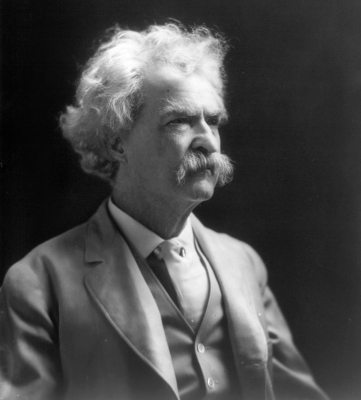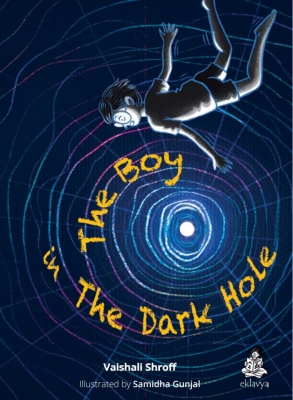
From the tricky periods to the troublesome comma taught grammar – the we are hallowed rules that govern any language – right from our primary school years. Following them stringently, not a comma out of place, makes for good prose writing. On the other hand, the beauty of poetry lies in the fact that the poet can take grammatical liberties. The enjambment is a case in point.
A literary device used in poetry, enjambment (French for stepping over) helps in carrying over a sentence or phrase from one line to the next without any punctuation. No full stops, no m-dashes, or no semicolons. Sounds incredible, right?
Examples
Here’s how it works. Many poems have lines with a natural pause or punctuation to convey ideas. These are known as end stopped lines. Whereas enjambment ends a line in the middle of a phrase, allowing it to continue onto the next. Using enjambment poets, can create a free-flowing poem.
William Carlos Williams’ “Between Walls” (1938) is a classic example
“the back wings
of the
hospital where
nothing will grow lie
cinders
in which shine the broken
pieces of a green bottle
Breaking one sentence into 10 enjambed lines gives the poem a certain pace and adds to the dramatic effect.
Without enjambment, the poem would have simply read the back wings of the hospital, where nothing will grow, lie cinders in which shine the broken pieces of a green bottle.”
See how enjambment can change the tone of the poem?
Setting the pace
Thanks to enjambment, the lines can move quickly as the eye hops to the next line to follow the thought or meaning of the poem.
This technique helps the poet to communicate the mood of the poem, give it momentum and even create some tension.
For instance, TS Eliot’s, The Waste Land (1922) cleverly uses enjambment to evoke changing seasons:
“April is the cruelest month, breeding
Lilacs out of the dead land, mixing
Memory and desire, stirring
Dull roots with spring rain.
Winter kept us warm,
covering
Earth in forgetful snow, feeding
A little life with dried tubers.”
So the next time you sit down to write a poem, try your hand at this unique literary device!
Picture Credit : Google






